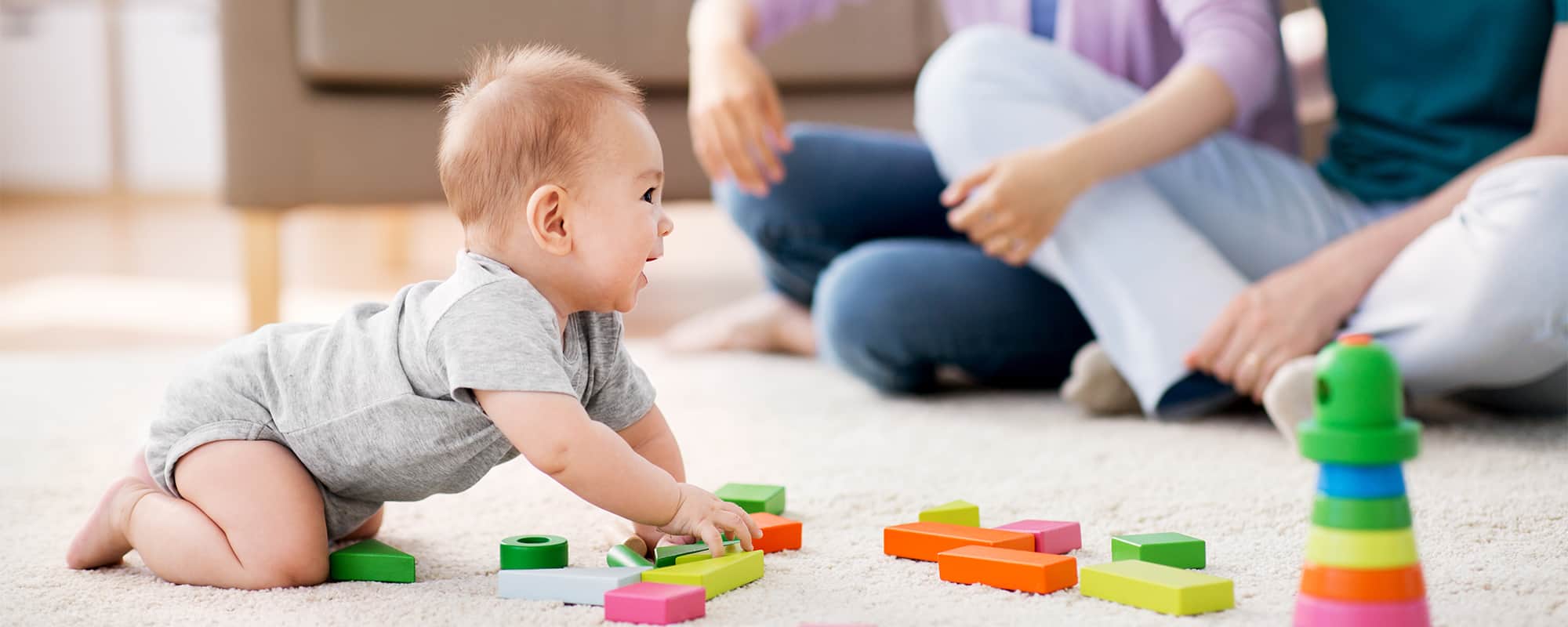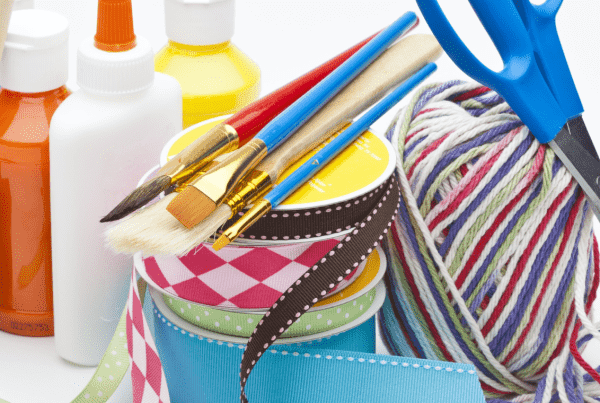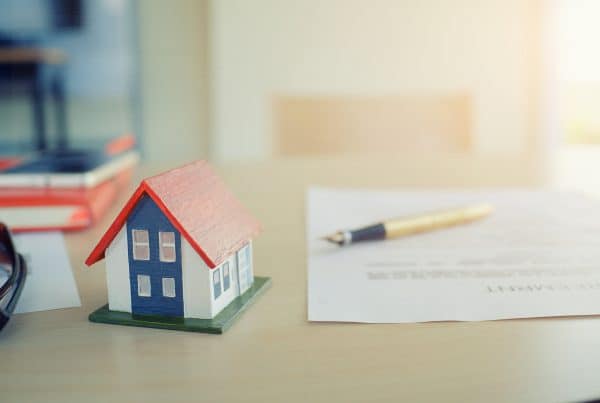Social and Emotional Development in the First Two Years
Early childhood development provides the foundation for success later in life. The development of strong social skills has a significant impact on academic and professional success in later life and is also associated with better physical and mental health outcomes.
The main goals of early social and emotional development are to form attachments, acquire self-regulation skills, develop communication and learning skills and to learn how to relate to peers. Babies are born with the desire to connect to those around them and start to develop relationships with other people from when they are born.
Newborn babies will respond positively to touch and will settle when comfort is provided or when they are picked up. Babies should start smiling, listening to voices and show pleasure in social interactions by the time they are 1-2 months old. Between 3-6 months of age, they will start recognising familiar faces, laugh, show their excitement by waving their arms and legs, show interest in other people, and will start responding to their name.
By 9 months, they can understand and show a few different emotions, respond to some gestures and will differentiate between familiar people and strangers. They will enjoy games like peek-a-boo and will cry or show displeasure when a parent leaves the room or favourite toy is moved out of sight.
By one year old – your baby should be able to differentiate strangers from family, show affection and love, respond to their name, and show fear in new situations. They should understand simple commands such as “no,” imitate a few actions such as shaking their head “no” or waving “bye-bye,” say a few words such and “mama” and “dada”, and should be able to try and copy what you say.
At this age they are becoming more curious and should explore their surrounds, shake, bang and throw things, look for a hidden toy, start using things the right way, and be able to follow a simple instruction.
By the time they are two, they should be excited when they see other children, will mostly play beside other children but will start to include them in games. A two-year-old should be able to talk in two-to-four-word sentences, follow simple instructions, know names of familiar people and point to body parts or pictures. They should be able to build a tower with a few blocks and will start sorting colours and shapes.
Some social developmental Red Flags include babies who are not smiling, not interested in others, not sharing enjoyment, not looking at people, not making eye contact or using facial expressions. It is important to recognise these Red Flags early to enable a timely assessment and provide additional support to minimise delays.
A parent’s instinct is normally right, if you are concerned that your baby is not meeting their milestones, please book an appointment with a child health professional to discuss this further.
The Queensland Children’s Hospital has a very useful Red Flag Identification Guide which can be accessed at www.childrens.health.qld.gov.au/wp-content/uploads/PDF/red-flags.pdf






